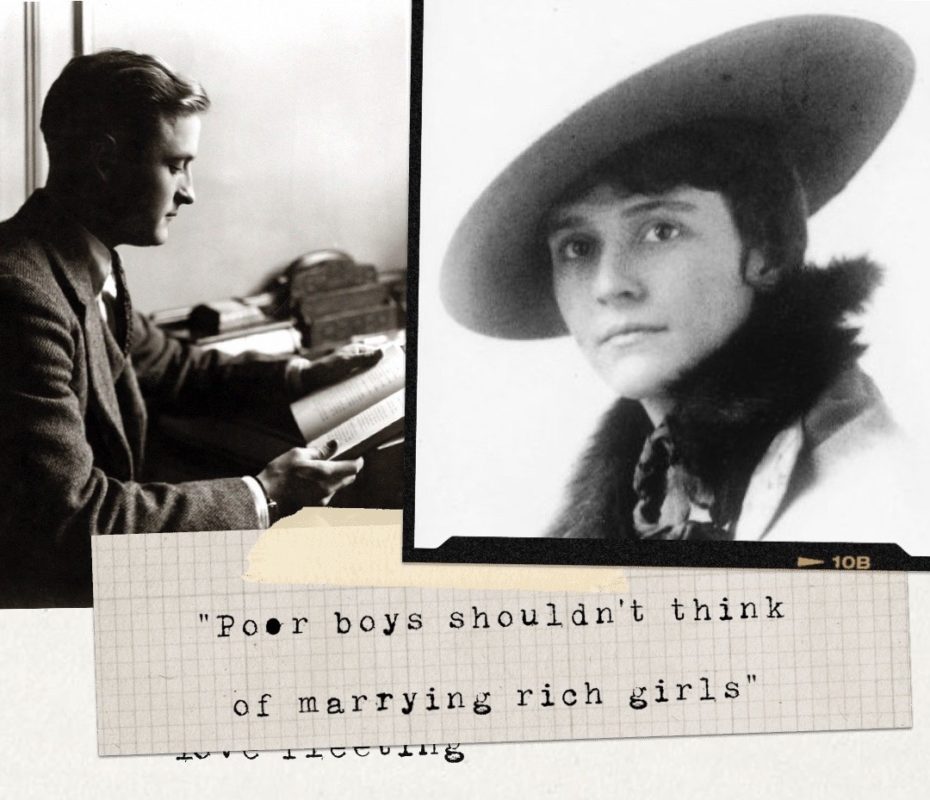
Like her mother and grandmother before her, Ginevre King was named after Leonardo Da Vinci’s portrait of Ginevra de’ Benci. And she had many parallels with the Italian aristocrat: King also came from immense wealth and would be most remembered for how she was depicted by one of her era’s most famous creatives, in her case the author F. Scott Fitzgerald. King supposedly provided inspiration for Daisy Buchanan in Fitzgerald’s 1925 classic The Great Gatsby. But beyond these surface level details, King’s story becomes much more complicated. In addition to having a star-crossed romance with the American literary giant, she was the author of the text that provided a clear inspiration for The Great Gatsby, raising the question of whether King was simply a literary muse or a victim of Fitzgerald’s plagiarism.
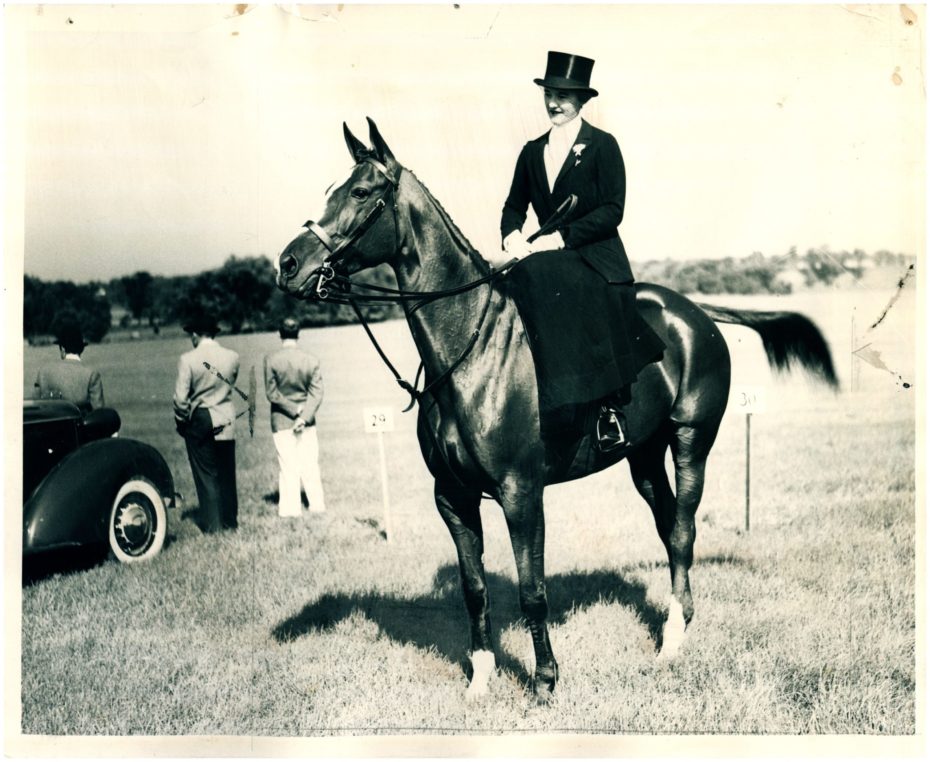
Born in 1898 in Chicago, Ginevre King grew up in immense privilege as the daughter of a socialite and financier. She arrived on the Midwest city’s social scene as one of the “Big Four” debutantes during World War I. As Maureen Corrigan wrote in the 2014 book So We Read On: How The Great Gatsby Came to Be and Why It Endures, King grew up in a “life of tennis, polo ponies, private-school intrigues, and country-club flirtations.” But she also knew the power of her family’s position and wealth; as Coorigan wrote, she had “a highly developed understanding of how social status worked.”
In 1914, Ginevre was sent to the Westover School, an elite finishing school where her classmates included members of the Rockefeller and Bush families. She was expected to pursue a life of “noblesse oblige,” in which her work commitments didn’t extend beyond childrearing and maintaining her family’s social circle. But things took a turn when 16-year-old King met 19-year-old F. Scott Fitzgerald (then a student at Princeton) at a sledding party in Minnesota while visiting her Westover roommate.
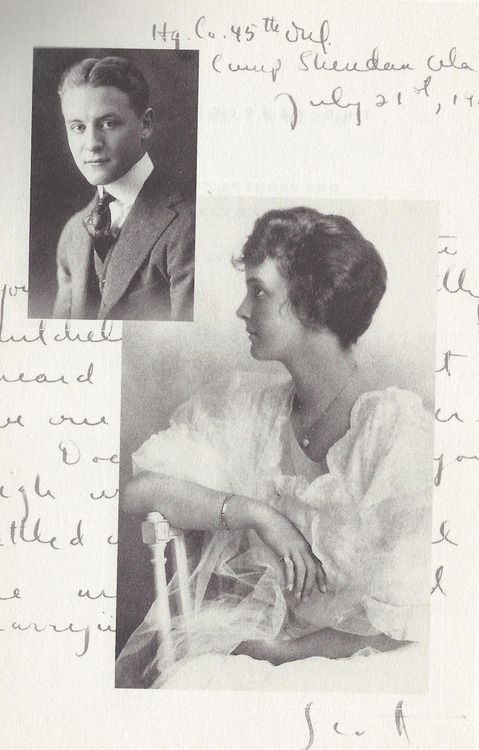
They had only known each other for a few months when Ginevre wrote in her diary that she was madly in love with him. The two began an extensive letter correspondence, with King sharing Fitzgerald’s passionate musings with her school friends. Their letters became increasingly romantic, with the two exchanging photographs. King supposedly would sleep with the letters, hoping “that dreams about him would come in the night”.
Fitzgerald visited the King estate outside of Chicago several times, but King’s parents refused to let her attend Princeton’s sophomore prom, an important social event. King’s father supposedly told Fitzgerald that “Poor boys shouldn’t think of marrying rich girls.” Still, Fitzgerald didn’t give up his ill-fated affair, writing a short story in 1916 called “The Perfect Hour” in which he imagines himself finally with King. He sent her “The Perfect Hour,” which she read to one of her other male boyfriends — he at least praised Fitzgerald’s excellent prose. As a response, King composed another short story in which she imagines herself in a loveless marriage to a rich man, still yearning for her ex-lover, Fitzgerald. The two are reunited after Fitzgerald makes his own fortune, hoping to win her back. Sound familiar? She sent the short story to Scott in March of 1916, seven years before the release of The Great Gatsby.
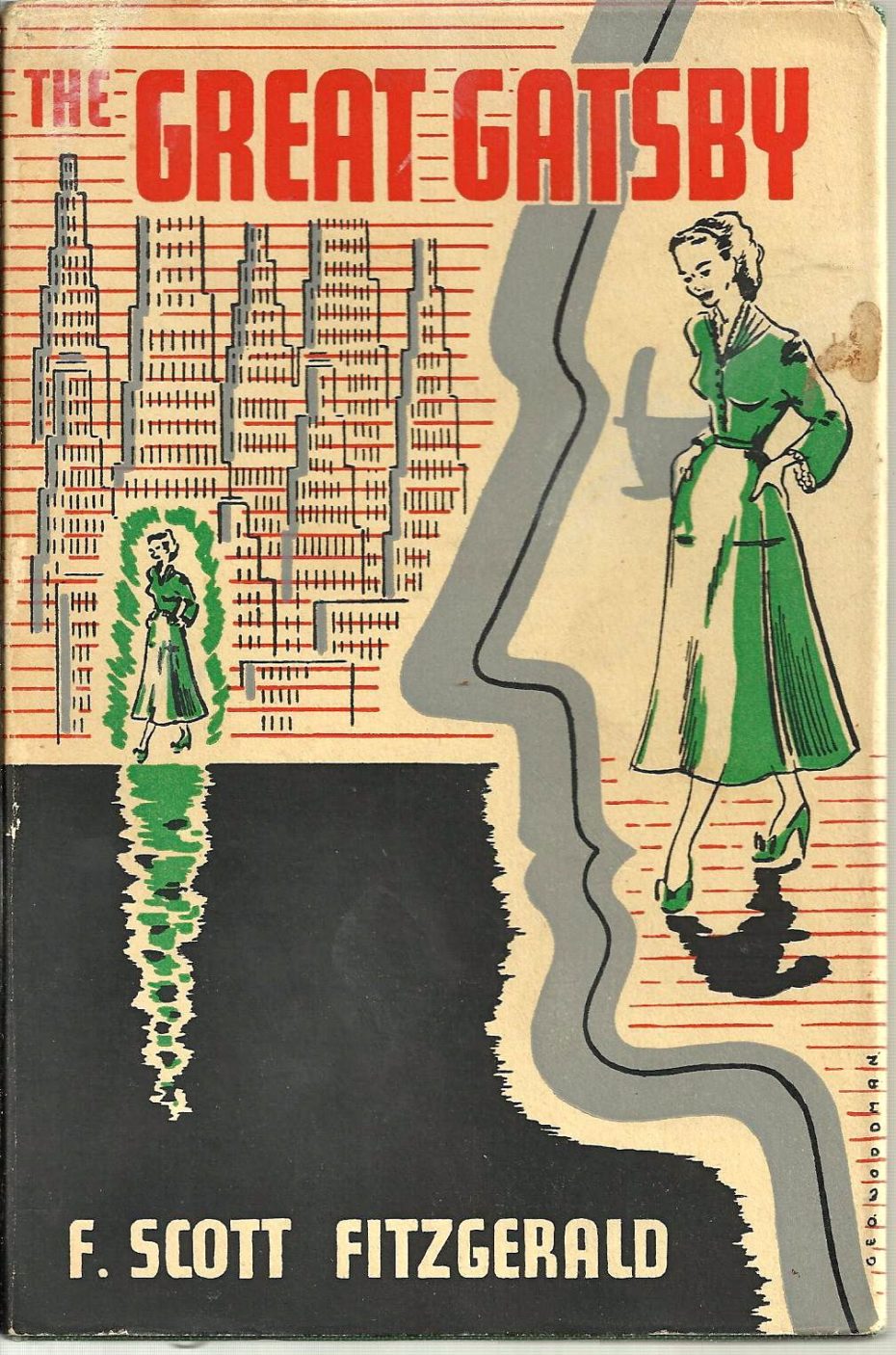
By 1917, the real relationship between King and Fitzgerald had fizzled, and she went on to enter an arranged marriage with William Mitchell, a rich Chicagoan and polo player. Meanwhile, a depressed and heartbroken Fitzgerald enlisted in the Army to fight in World War I. The future American literary giant kept a copy of Ginevre’s short story with him for the rest of his life, though he did have King destroy the letters he sent her.
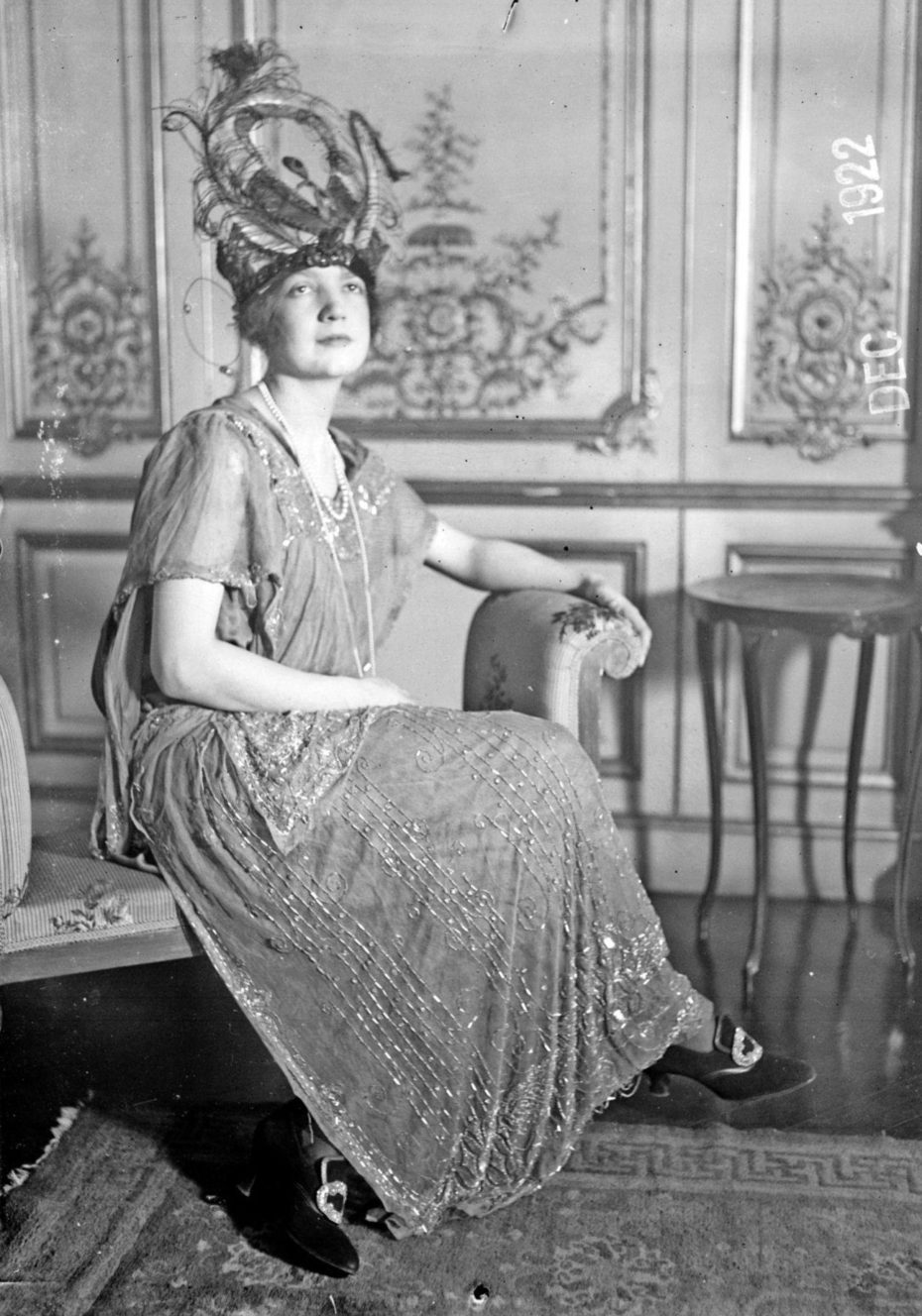
“Because she’s the one who got away, Ginevra—even more than Zelda—is the love who lodged like an irritant in Fitzgerald’s imagination, producing the literary pearl that is Daisy Buchanan”, notes scholar Maureen Corrigan, who believes that Scott’s works are full of characters inspired by King, including Isabelle Borgé in This Side of Paradise (1920), Judy Jones in Winter Dreams (1922) and Paula Legendre in The Rich Boy (1924).

No comments:
Post a Comment